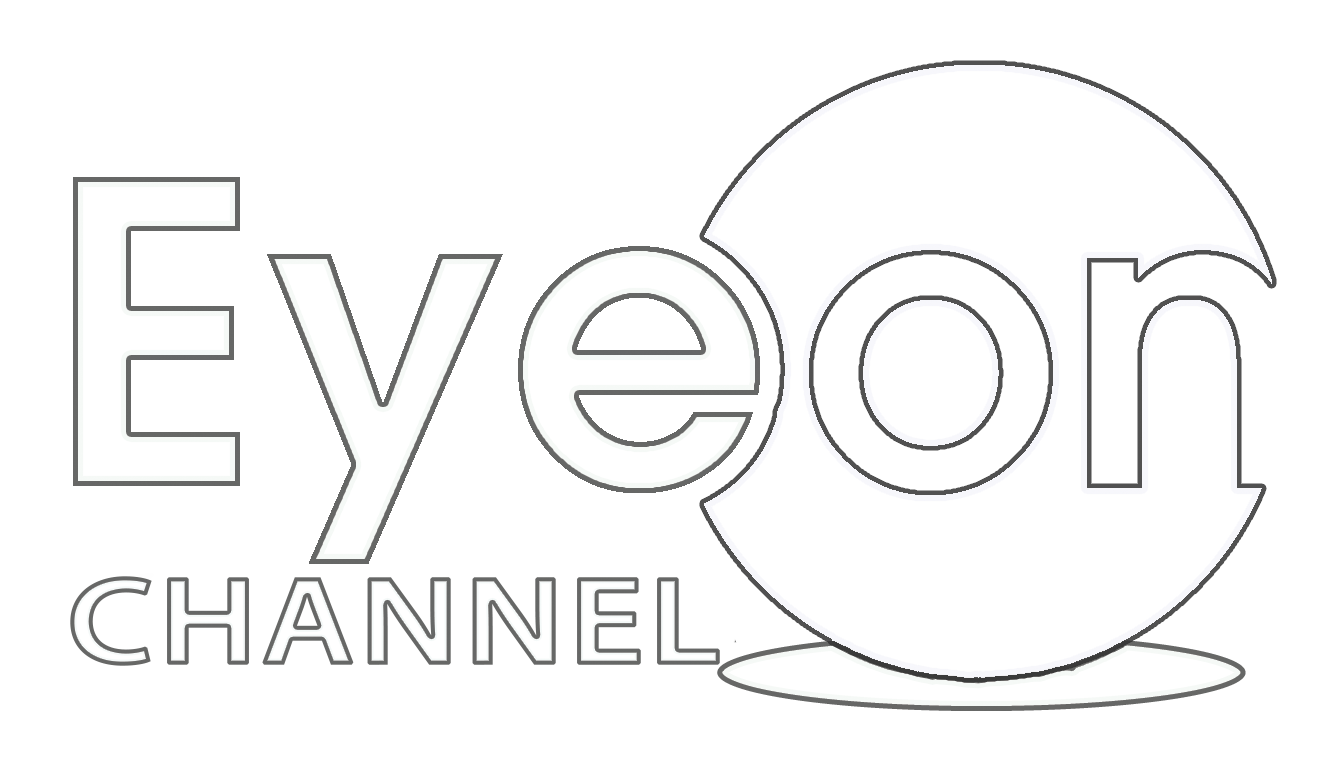By 2050, 50% of the world will be short-sighted. Another technique for reversing myopia is laser therapy. Your ophthalmologist may recommend LASIK eye surgery to accurately address refractory disorders, including myopia, hyperopia, or astigmatism. So, what exactly is LASIK? Near-sightedness, farsightedness, and other abnormalities in the cornea or lens of the eye are treated using LASIK, a common form of laser vision correction procedure.
Advantages of LASIK Eye Surgery
Surgery for Enhancement
On the other hand, the LASIK technique includes restructuring the corneal tissue. It entails removing a tiny quantity of corneal tissue. After reshaping, a circular flap is opened in the cornea’s middle and subsequently replaced. For clear vision, this treatment will adjust the focusing power of the eye lens.
LASIK Surgery Is a Painless and Speedy Treatment.
The fact is that LASIK eye surgery, like PRK laser eye surgery, takes very little time and can be finished in as little as twenty to thirty minutes. Furthermore, the process is safe, and nerves are always used to deal with the rare occurrences of people being awake during procedures.
The Surgery’s Effects Are Felt More Quickly
Unlike PRK laser eye surgery, which can take up to 10 days to complete, the LASIK eye surgery results are faster than you might think. You begin to see clearer and better than before a few hours after the operation since you do not need to take days off work due to the surgery.
It Helps You See Better
About 95 percent of people who get LASIK eye surgery report feeling far better than before the treatment. In most situations, LASIK improves their vision to 20/40.
This process will make it simpler for you to do what you’ve always wanted to do, whether you find it difficult to ride your bicycle without glasses or you’re sick of contacts. If you have a higher prescription, don’t lose hope since LASIK eye surgery can improve your eyesight dramatically.
LASIK Eye Surgery Does Not Cause Any Discomfort
It’s vital to note that you will not have any aches following the process, unlike Laser eye surgery, which may cause discomfort when you choose LASIK. When choosing PRK vs LASIK, many patients prefer LASIK for this reason and the cost is also a minimal investment of $2000 to 3000 and is well worth it. For people with low vision, LASIK eye surgery is usually quite costly. You may pay more or less than another patient depending on your prescription.
The type of technology used in LASIK eye surgery affects the price. Custom LASIK, for example, is often more expensive than older technology. Your surgeon’s final recommendation for laser eye surgery is for the best possible outcome, but it may affect the cost of LASIK eye surgery. The competence of the eye surgeon may also impact the cost of the LASIK procedure. Because they contribute a higher degree of competence to the treatment, the most proficient surgeons tend to charge a bit more.
The Distinction Between LASIK and PRK
The way the cornea is prepped is what distinguishes PRK vs LASIK. A thin layer of corneal tissue on the eye’s surface is carefully removed during PRK eye surgery. This exposes the cornea to the laser, allowing it to be reshaped. The cornea is reshaped with the same laser used in LASIK, and the eye is then covered with a contact lens. This contact lens serves as a bandage, shielding the look for a few days while epithelial regeneration occurs.
Minor Complications
While vision loss is uncommon due to problems, some side effects, such as dry eyes and brief visual abnormalities, are very prevalent.
Dry eyes tear production is temporarily reduced after LASIK surgery. As your eyes heal, they may feel unusually dry for the first six months or longer after surgery. Your dry eye problems may worsen even after you’ve healed. Your eye doctor may advise you to utilize eye drops during this period.
Halos, glare, and double vision are all symptoms of double vision. You may have trouble seeing at night after surgery. This usually lasts a few days to a few weeks, but it can sometimes become a long-term issue.
You should understand that if the laser removes too little tissue from your eye during adjustments, you will not get the sharper vision you desire. Nearsighted folks are more likely to have under corrections. You may require another refractive surgery (called an enhancement) to remove additional tissue within a year.
Overcorrections It’s also conceivable that the laser will burn away too much tissue in your eye. Overcorrections may be more difficult to remedy than under corrections.
Astigmatism. Uneven tissue loss might result in astigmatism. You may need more surgery, glasses, or contact lenses.
Ectasia of the cornea. Corneal ectasia is a significant problem that develops due to increasing myopia caused by steepening the cornea’s curvature.
Changes in vision or loss of vision Surgical complications might result in a visual loss in rare cases. Some people may not see as sharply or clearly as they formerly did.
There are no right or wrong answers for LASIK eye surgery. Consider the elements listed above, assess your preferences and risk tolerance, and make sure your expectations are reasonable. Consult with an eye surgeon with whom you have faith and address all of your questions. Finally, proceed if it feels right, but don’t hurry into anything if it doesn’t.
Featured Image Credit: newart on Pixabay
The post Must-Read Guide to LASIK Eye Surgery appeared first on UrbanMatter.

















